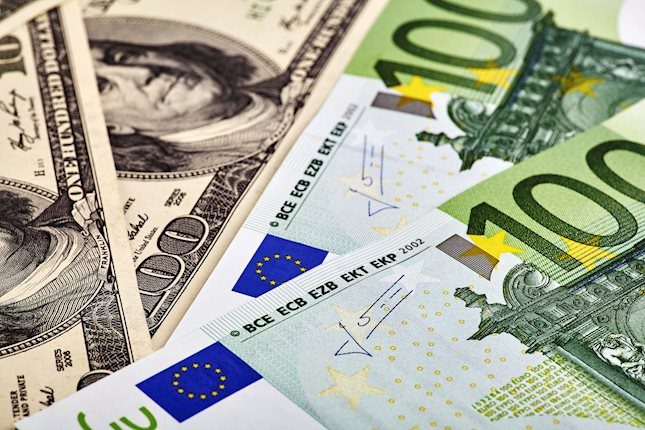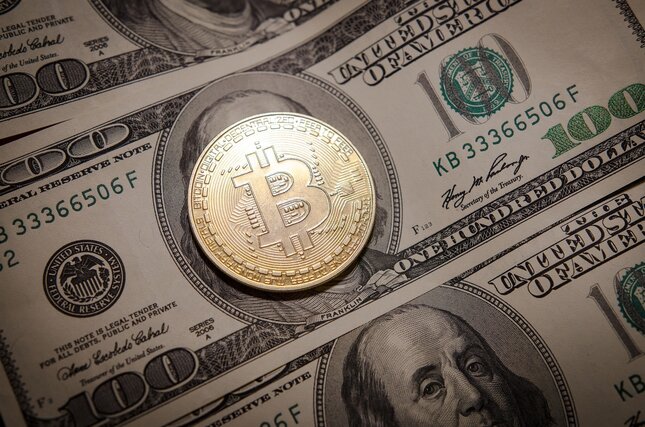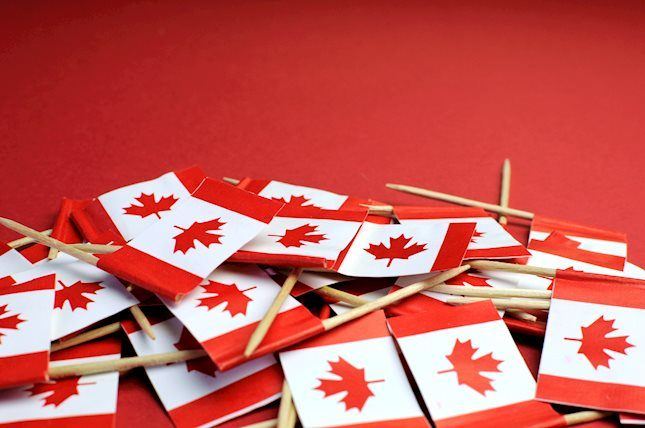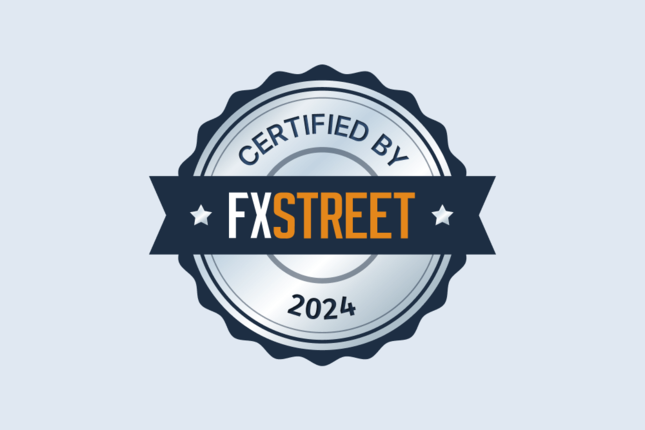While inflation increased quite quickly in recent months and deflationary threats are over, inflation remains below targets in most CEE countries
‘Do you see risks to stronger inflation growth this year than previously anticipated after recent data releases?'
Croatia: Although the headline inflation figure returned to positive territory in December 2016, inflationary pressures in Croatia are still low, and the December data showed that CPI was at 0.2% y/y. Core inflation is also at still relatively low levels (CPI excluding energy and food at 0.3% y/y). For 2017, we see the inflation pattern stabilizing, owing to a gradual revival of demand-side pressures, but even more so to less supportive cost-side developments. Some pressures on headline inflation could come from the energy side, as the Croatian government is changing some regulations regarding electricity and gas, which could lead to a milder increase of prices of these energy products. However, lower VAT on electricity should subdue potential upside pressure on electricity prices (regarding fees for renewable energy), while future developments of gas prices are relatively ambiguous (liberalization could lead to both a gradual decrease and a gradual increase of prices). Bottom line, currently there are no major risks to our baseline scenario, where we see FY17 CPI moving at around 1.5% y/y. We see the inflation pattern as comfortable enough to allow for an ongoing lax monetary policy stance.
Czech Republic: Headline inflation arrived at 2.2% y/y in January. The figure was a positive surprise for market analysts as well as for the CNB. Moreover, the inflation outlook is positive. The increasing inflation pressures are driven by prices of food and fuel on the one side and by solid domestic demand and wage growth on the other (core inflation at 2.0% y/y). Moreover, the imported part of inflation was less anti-inflationary at the 2016/17 turn. For the CNB, higher inflation could now be a risk, which supports the view that the CNB will exit from the FX cap early (most likely in April).
Hungary: The January release reaffirmed our view that CPI inflation will accelerate this year as the effect of low fuel prices fades. In light of the actual January data and the new weights, we revised our annual CPI inflation rate forecast by 0.2ppt to 2.5% for 2017. We continue to see upside risks stemming from the fast-paced wage growth; the translation into higher consumer prices may significantly materialize around 4Q17/1Q18, according to our estimate. In addition, we see upside risks stemming from the rising prices of commodities and unprocessed food, as well. We note that, even though there are no visible downside risks, we cannot rule out that, in preparation for the 2018 parliamentary elections, the government will reduce the VAT rate(s) even further or administer price controls in a 'creative' way.
Poland: The inflation rate surged to 1.8% y/y in January, falling within the target band (2.5% +/-1pp). Although such a strong increase is fully driven by external factors, namely transport and food prices, such a development poses an upside risk to our current inflation forecast at 1.3% this year. Even though we believe that the inflationary pressure will ease in the coming months as base effects fade out, average inflation may land closer to 2% this year. On the other hand, demand pressure remains very limited, as core inflation has been close to zero recently. We thus believe that the central bank should not be hasty with interest rate hikes, even if rising headline CPI may tempt hawkish MPC members to begin with monetary tightening.
Romania: The inflation rate turned positive in Romania in January at 0.1% y/y, but this was due to a base effect, namely the elimination from the calculation formula of a deep cut in the VAT rate from January 2016. Apart from this, demand-side inflationary pressures are still weak, as suggested by the adjusted CORE2 inflation, which rose slightly to 0.5% y/y in January, from 0.3% y/y in December last year. We foresee a gradual rise in headline inflation towards 2.2% y/y in December 2017, but inflation is likely to remain close to the midpoint of the NBR's target (2.5%), pointing thus towards an unchanged key rate at 1.75% this year. Risks of higher inflation in 2017 come from a negative supply shock, but the NBR is unlikely to respond to it with a premature tightening of the monetary policy. On the other hand, risks of stronger growth in consumer prices are higher in 2018, due to the gradual accumulation of demand-side pressures.
Serbia: In Serbia, we do not expect major surprises regarding price developments in the coming period. We expect a gradual pick-up in prices and see the FY17 CPI figure moving around 2.5% y/y, supported by the low base effect, stabilizing oil prices and stronger domestic demand. It is also important to notice that Serbia had a solid agricultural season, so we do not expect upside shocks from the food component, which comprises almost a third of total CPI. Also, inflation expectations in the business and financial sector are anchored, in line with our view. In addition, as the NBS lowered the target band, we see monetary policy makers ready to react in the case of some excessive cost-side pressures on the headline inflation figure.
Slovakia: Consumer prices rose 0.7% y/y (core inflation +1.3% y/y) in January, exceeding our expectations. Apart from higher transport and healthcare prices, food prices increased more than anticipated. The latter may partly be attributed to base effects (the effect of last year's lower VAT on selected foodstuffs disappeared) and partly suggests that a catching-up with the development of food commodity prices on world markets is happening. Overall, the pick-up in the inflation pace may be faster than anticipated earlier. We have thus increased our 2017 forecast to 1% on average. Regarding monetary policy, though, it is unlikely that the ECB will alter its stance in the near future. Inflation still has some way to go before the ECB would consider reducing/halting its asset purchases. The Governing Council is looking at a set of four conditions (mid-term price stability, durable convergence to the ECB's goal, self-sustenance, i.e. without relying on non-standard monetary policy, and spread throughout the Eurozone - not just in a few countries). Nonetheless, the ECB will have to keep a careful eye on the price development this year.
Slovenia: Inflation has been gradually rebounding since 2H16, with the gap between the headline figure and core CPI also starting to narrow as the year progressed, thus pointing to the fade-out of the downward cost-side pressures. So far, 2017 has brought strong acceleration in the inflation footprint, with CPI posting its highest (1.3% y/y in January 2017) rate since November 2013. We see such a positive footprint continuing, as low base effects, less benign cost-side developments and stronger demand-side pressures push the headline figure towards higher territory, resulting in an expected average 2017 CPI slightly above the 1% mark (vs. -0.1% y/y in 2016).
This document is intended as an additional information source, aimed towards our customers. It is based on the best resources available to the authors at press time. The information and data sources utilised are deemed reliable, however, Erste Bank Sparkassen (CR) and affiliates do not take any responsibility for accuracy nor completeness of the information contained herein. This document is neither an offer nor an invitation to buy or sell any securities.
Recommended Content
Editors’ Picks

EUR/USD clings to recovery gains near 1.0850 ahead of Fedspeak
EUR/USD trades in positive territory near 1.0850 on Friday following a four-day slide. China's stimulus optimism and a broad US Dollar correction help the pair retrace the dovish ECB decision-induced decline. All eyes remain on the Fedspeak.

GBP/USD pares UK data-led gains at around 1.3050
GBP/USD is trading at around 1.3050 in the second half of the day on Friday, supported by upbeat UK Retail Sales data and a pullback seen in the US Dollar. Later in the day, comments from Federal Reserve officials will be scrutinized by market participants.

Gold at new record peaks above $2,700 on increased prospects of global easing
Gold (XAU/USD) establishes a foothold above the $2,700 psychological level on Friday after piercing through above this level on the previous day, setting yet another fresh all-time high. Growing prospects of a globally low interest rate environment boost the yellow metal.

Crypto ETF adoption should pick up pace despite slow start, analysts say
Big institutional investors are still wary of allocating funds in Bitcoin spot ETFs, delaying adoption by traditional investors. Demand is expected to increase in the mid-term once institutions open the gates to the crypto asset class.

Canada debates whether to supersize rate cuts
A fourth consecutive Bank of Canada rate cut is expected, but the market senses it will accelerate the move towards neutral policy rates with a 50bp step change. Inflation is finally below target and unemployment is trending higher, but the economy is still growing.

Best Forex Brokers with Low Spreads
VERIFIED Low spreads are crucial for reducing trading costs. Explore top Forex brokers offering competitive spreads and high leverage. Compare options for EUR/USD, GBP/USD, USD/JPY, and Gold.